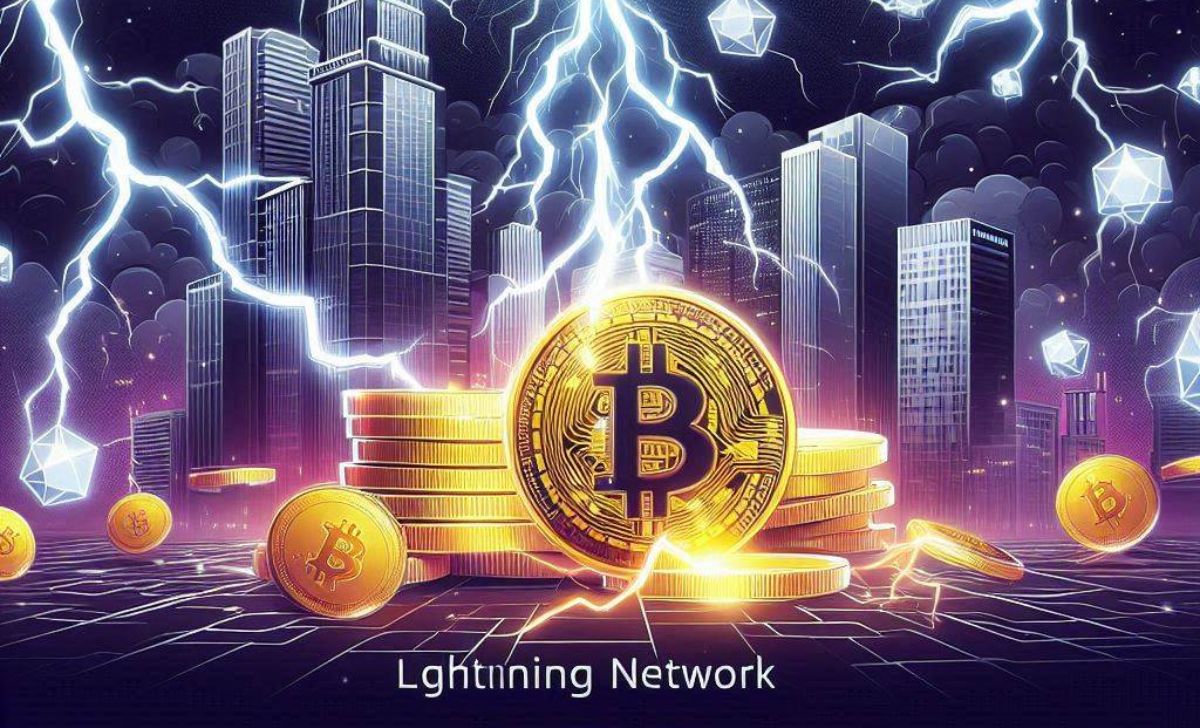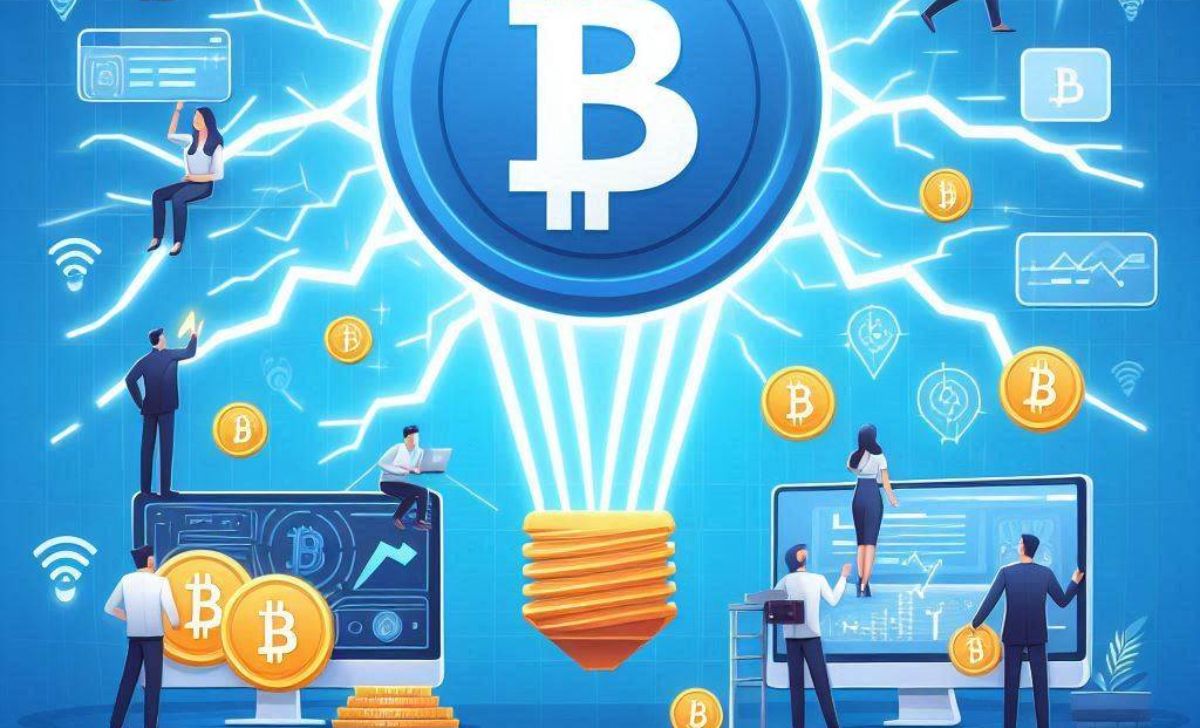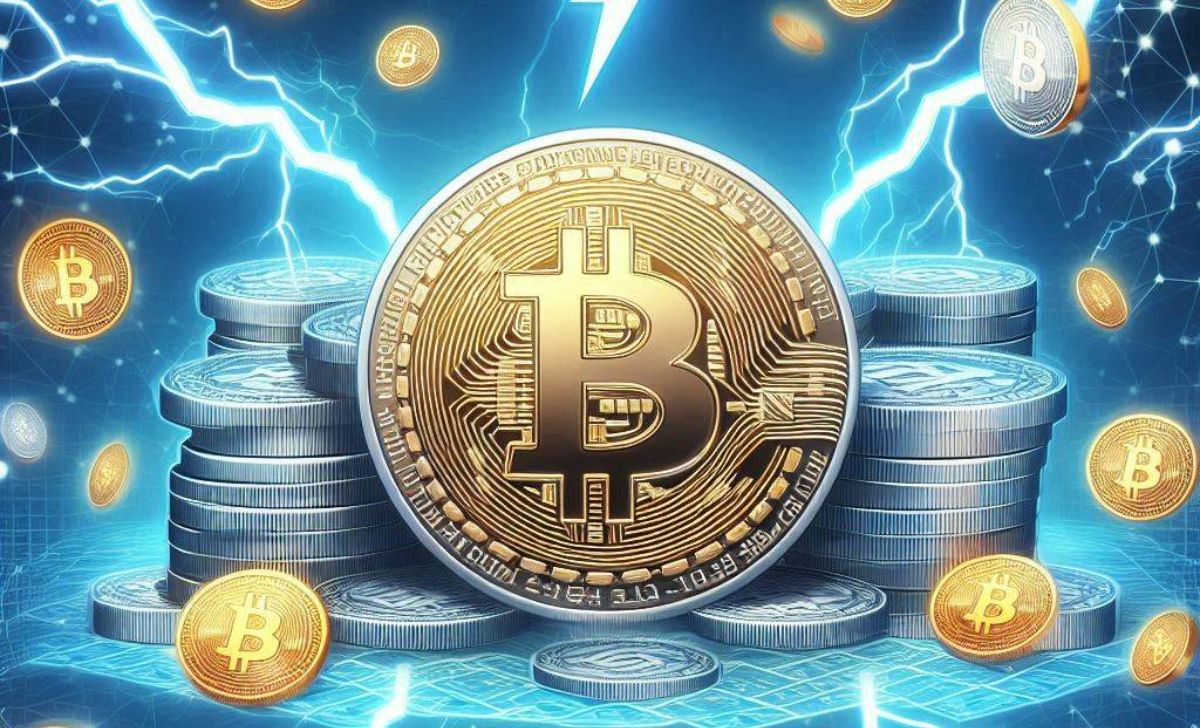Lightning Network is a solution developed to solve the problem of Bitcoin's speed and transaction costs. It works by creating payment channels off the main blockchain, allowing transactions to take place quickly and at a cheaper cost.
Let's learn in detail about how the Lightning Network works in our article below.
What is Lightning Network?

Lightning Network is a scalability solution for Bitcoin and other cryptocurrencies, designed to alleviate limitations related to scalability and transaction fees. It operates by creating off-chain payment channels separate from the main blockchain, enabling faster transactions at lower costs compared to on-chain transactions.
Lightning Network project team and investors
Project team
Lightning Network is developed by a group of developers and researchers from around the world. Some notable figures in the development team include:
👱 Thaddeus Dryja: Lead developer of Lightning Network, co-founder of Blockstream.
👱 Joseph Poon: Co-founder of Lightning Network, researcher at MIT.
👱 Olaoluwa Osuntokun: Core developer of Lightning Network, lead engineer at Blockstream.
Additionally, Lightning Network has received support from major tech companies and organizations including Google, Microsoft and even NASA.
Investors
Lightning Network succeeded in raising capital on March 15, 2018, with an amount of up to 2.5 million USD from famous investors such as Digital Currency Group, Kevin Hartz, Jack Dorsey,...
How does Lightning Network work?

The Lightning Network operates by using off-chain payment channels between users to facilitate fast transactions and reduce costs. Here's how the Lightning Network works:
👾 Firstly, parties open a payment channel, meaning two parties wishing to transact with each other open an off-chain payment channel on the main blockchain. Each channel is created through an opening transaction on the blockchain, requiring a specific amount from each party and recording their account states.
👾 Once a payment channel is open, parties can conduct off-chain transactions between themselves without needing the main blockchain. Parties can execute multiple transactions consecutively without needing confirmation on the blockchain, just updating their account states within the payment channel.
👾 With each transaction, parties can update their account balances within the payment channel. When one party wishes to close the channel and record the final state on the blockchain, they can execute a closing transaction.
👾 The closing transaction is recorded on the main blockchain to confirm the final state of the channel. Information about this final state is stored and can be used as conclusive evidence of all previous transactions between the two parties.
Why is Lightning Network important?

The Lightning Network provides significant benefits to the cryptocurrency ecosystem, especially for Bitcoin:
🗜️ Increased transaction speed: By conducting off-chain transactions without waiting for blockchain confirmations, Lightning Network speeds up Bitcoin transactions to thousands per second, compared to the current rate of about 7 transactions per second.
🗜️ Reduced transaction fees: Without the need for blockchain confirmation fees, Lightning Network transactions can be executed with very low, even negligible fees.
🗜️ Scalability: Lightning Network enables Bitcoin to scale significantly without needing to alter its protocol. This helps address Bitcoin's scalability issue as user and transaction numbers grow.
🗜️ Security: Lightning Network utilizes robust cryptographic protocols to secure transactions. Using separate payment channels also enhances security for users.
See some more related useful information:
🎏 What is Hashrate? Why is This Metric Important for Bitcoin?
🎏 What is a Smart Contract? Roles and Most Effective Applications
Challenges facing Lightning Network

Despite being seen as a potential solution for Bitcoin's speed and transaction fee issues, Lightning Network still faces several challenges:
️🎱 Dependency on payment nodes: Since transactions in Lightning Network rely on payment nodes, the development of a robust network of payment nodes is crucial. Insufficient payment nodes can slow down transaction processing and inconvenience users.
️🎱 Security: While Lightning Network is considered secure, there are lingering concerns about its security. Securing information and data within payment channels remains a significant challenge that Lightning Network is working to address.
️🎱 Centralization and transparency: With the creation of separate payment channels, some worry that Lightning Network could lead to centralization and lack of transparency. This could potentially impact fairness and the security assurance of transactions.
Summary
Hopefully through this article, you have a better understanding of Lightning Network and how it works. To update more information about cryptocurrency technologies and the latest projects, follow AZcoin articles on https://azcoin.org/best-crypto-exchanges/ - a reputable website aggregating cryptocurrency knowledge information.